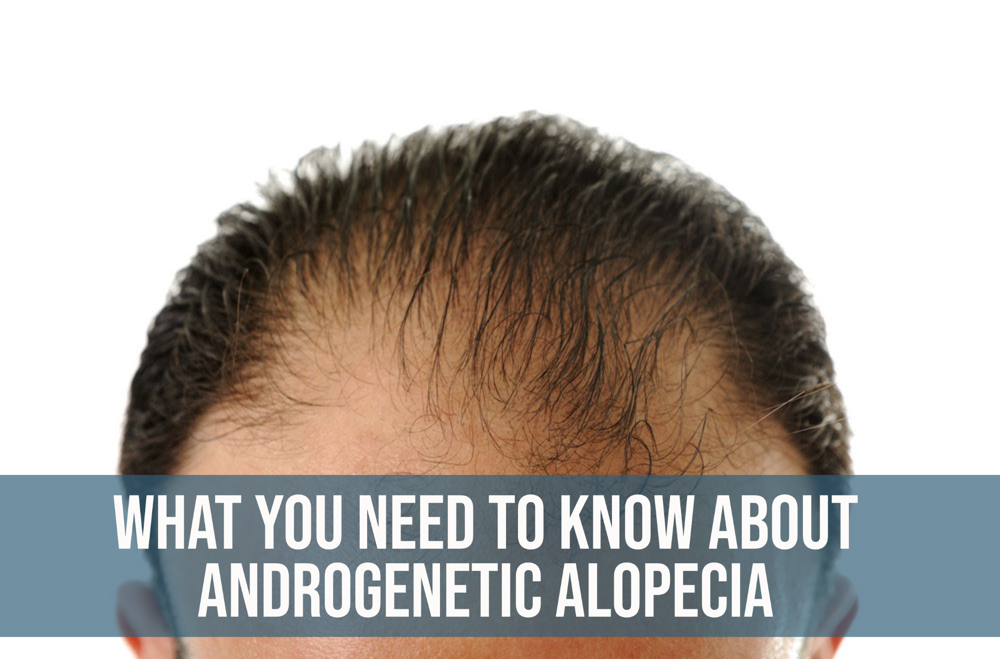What You Need to Know About Androgenetic Alopecia

Androgenetic Alopecia, frequently known as male pattern baldness (MPB), is a common form of hair loss that affects over 90% of men and 40% of women, according to the American Hair Loss Association. It’s caused by a combination of genetic factors and the presence of hormones known as androgens, which cause hair follicles to shrink and eventually stop producing hair altogether. We’ll review what you should know about this common condition, from diagnosis to hair loss treatment options.
1. Signs and Symptoms of Androgenetic Alopecia
The early signs of this type of hair loss may start with a receding hairline, thinning at the crown of the head, or a general pattern of baldness. As this condition progresses, it can lead to complete baldness. Women may experience thinning of hair all over the scalp, instead of a receding hairline.
2. Diagnosis
To diagnose Androgenetic Alopecia, your doctor will look for the common signs of balding, such as receding hairline or thinning at the crown. Your doctor may also order tests to rule out other conditions and confirm the diagnosis. These tests may include a blood test, scalp biopsy, or checking your family’s medical history.
3. Genetics and Hormones
Androgenetic Alopecia is caused by a combination of genetic factors and the presence of hormones known as androgens. These hormones cause hair follicles to shrink, leading to thinning of the hair and eventually complete baldness. It’s important to note that not everyone who has this condition will go completely bald, as the extent of hair loss varies from person to person.
4. Medical Treatment and Prevention
Androgenetic Alopecia care may involve medications like minoxidil and finasteride. These medications can help slow the progression of hair loss, but they won’t necessarily reverse it. Help prevent the progression of Androgenetic Alopecia by avoiding tight hairstyles that can pull at the hair. Stick with mild shampoo when washing your hair as well.
5. Hair Transplants
Dealing with alopecia can be emotionally draining, but you don’t have to live with baldness forever. Hair transplants involve transferring healthy follicles from the back or sides of the head to the balding areas. This surgical procedure can provide a permanent hair loss treatment for many people with Androgenetic Alopecia.
Androgenetic Alopecia is a common form of hair loss that affects both men and women. Knowing the signs and symptoms of this condition can help you seek hair loss treatment sooner and slow its progression. If you want your head of hair back, consider looking into the FUE hair transplant.
Leave a Reply